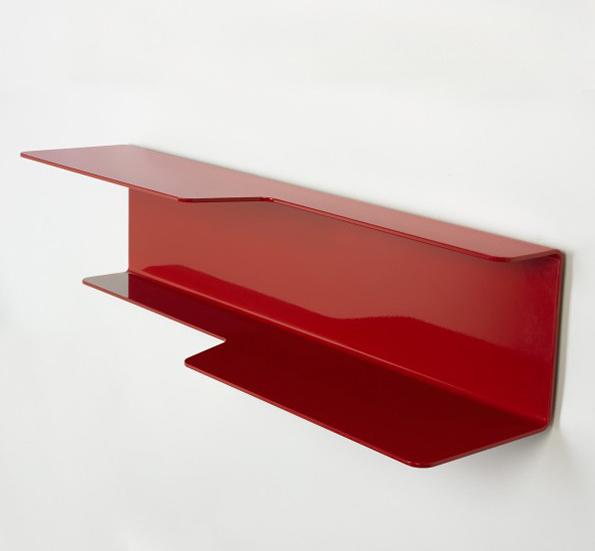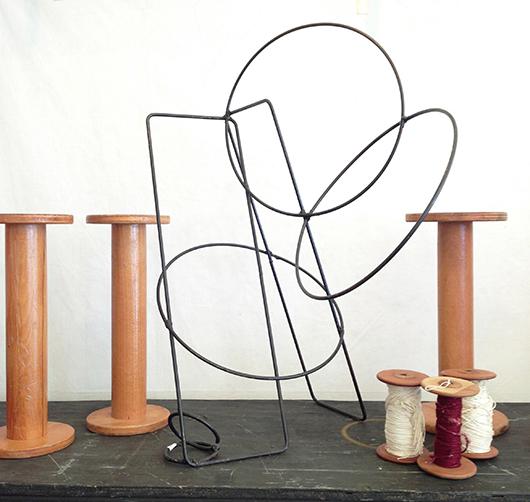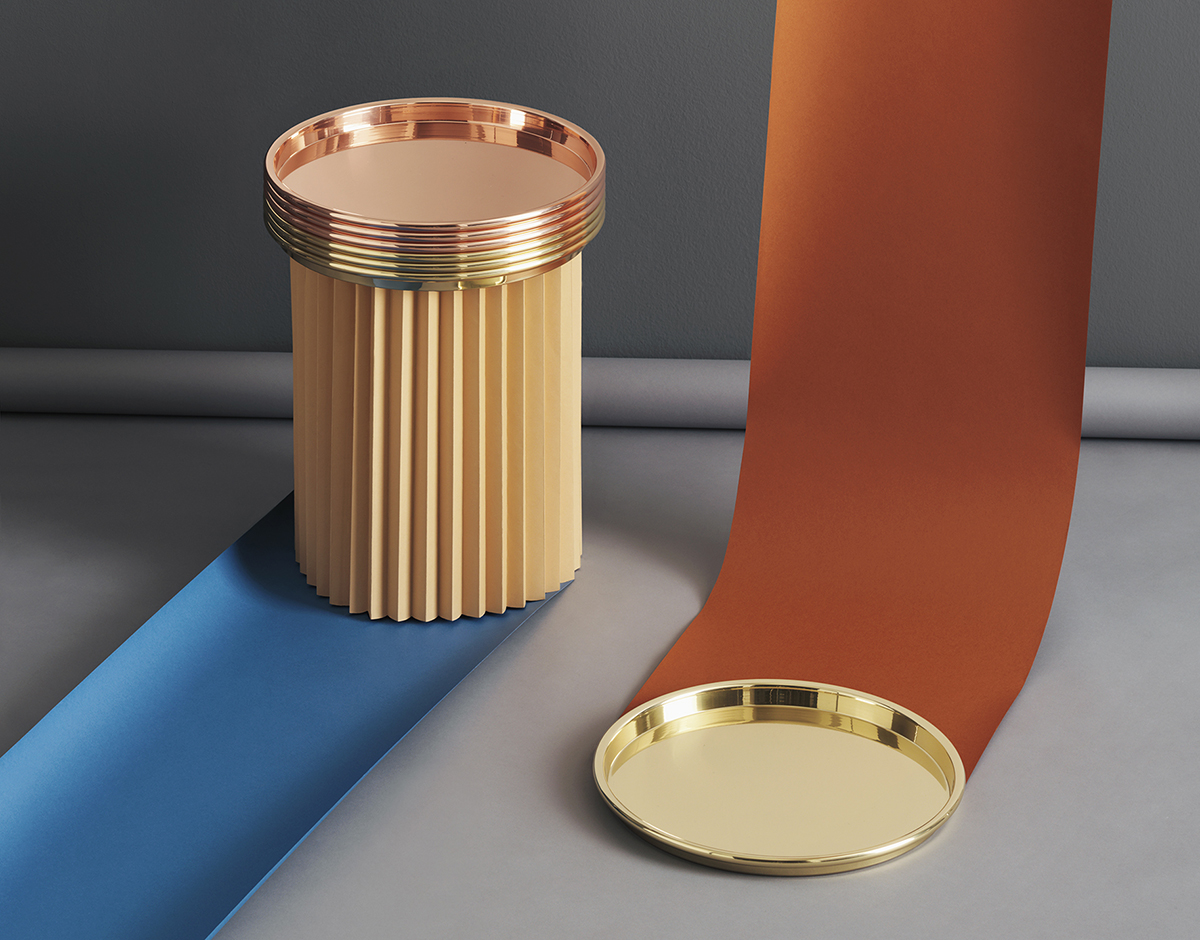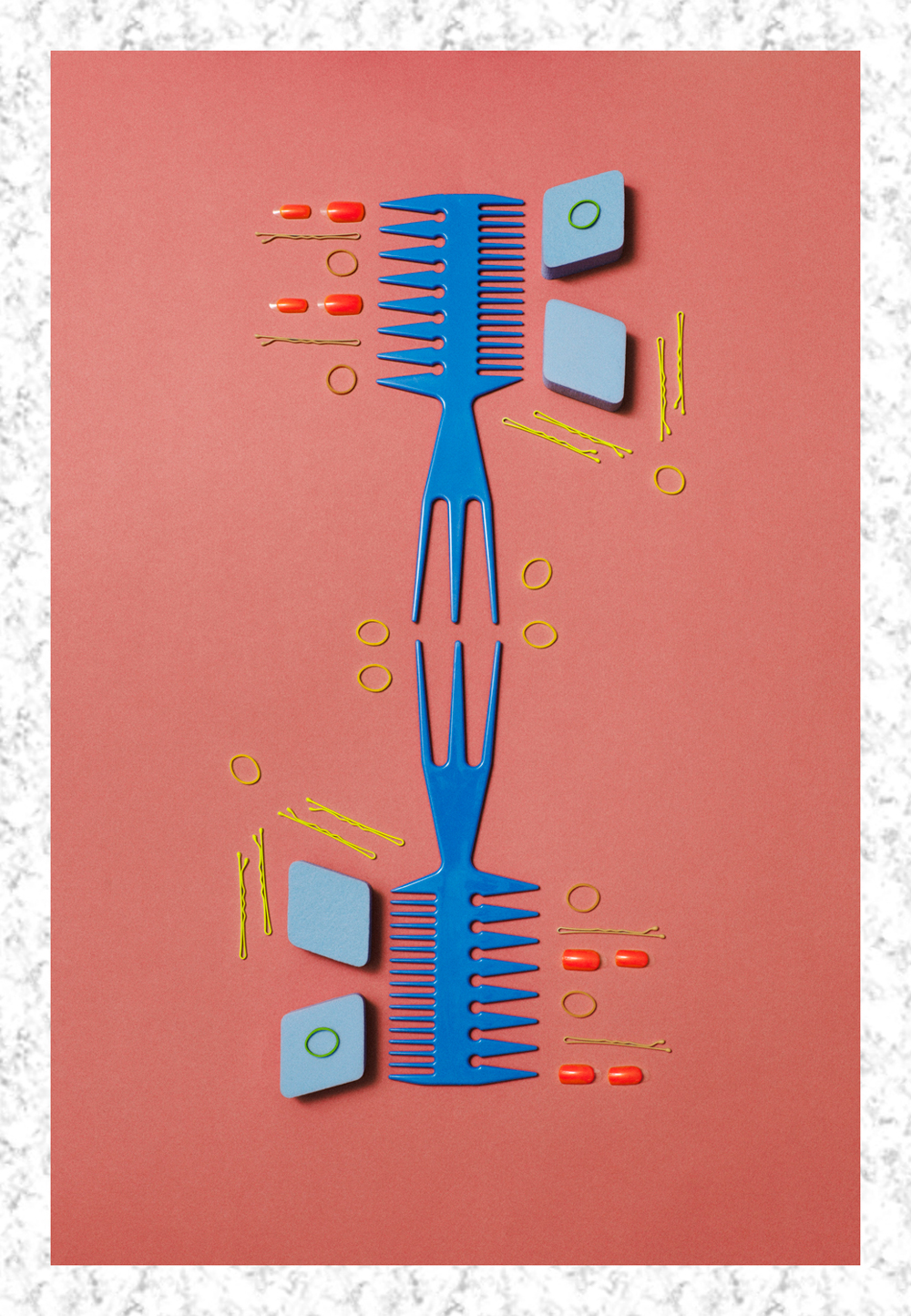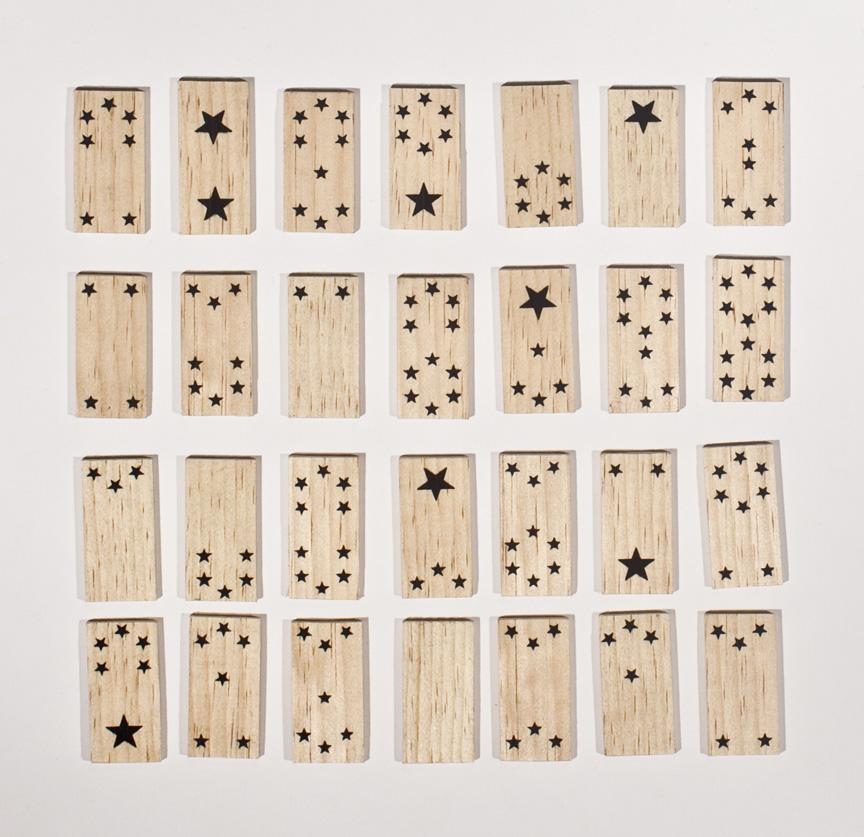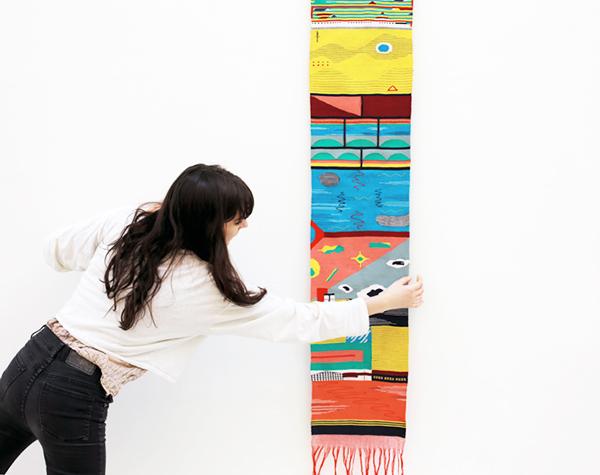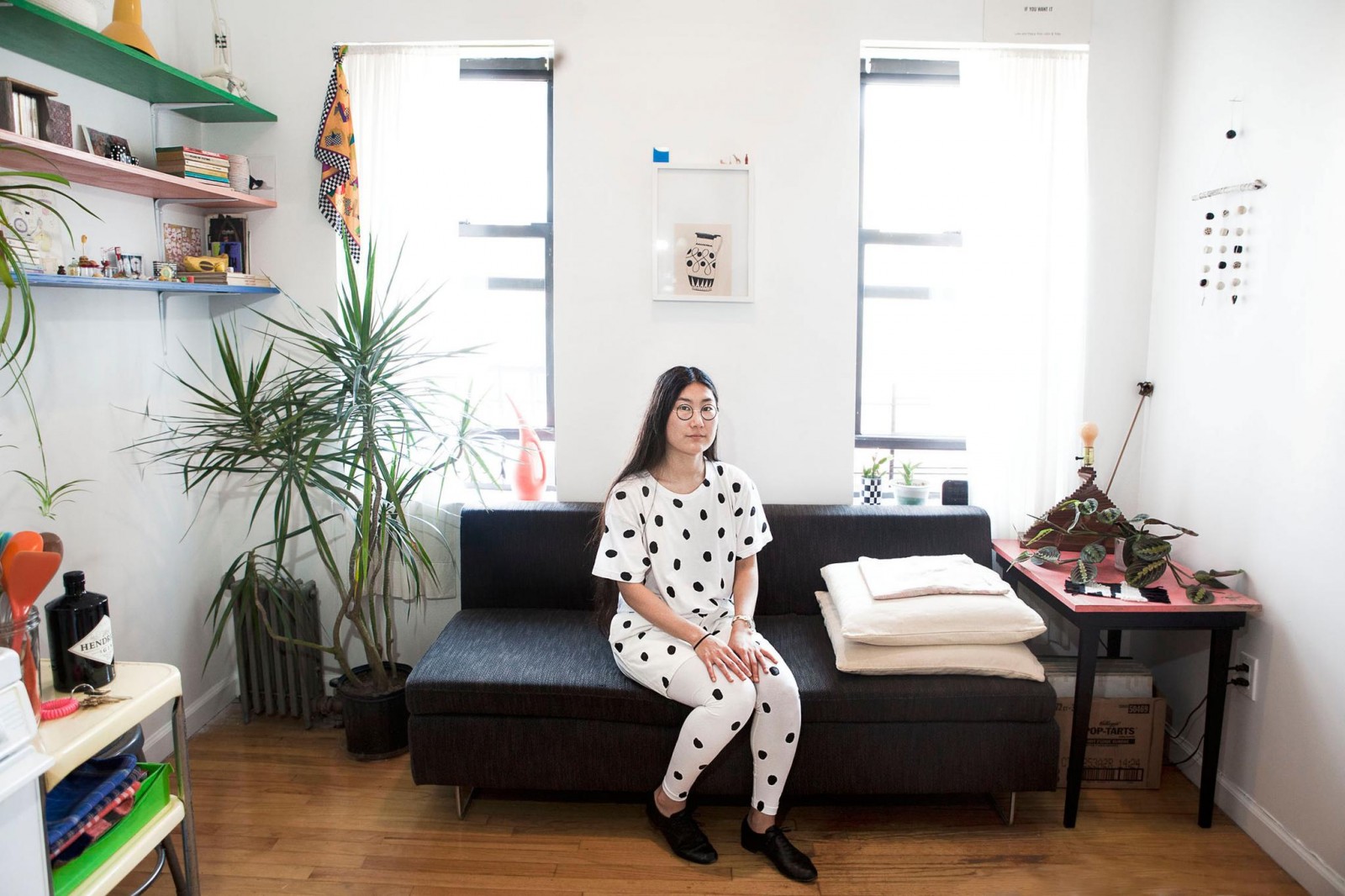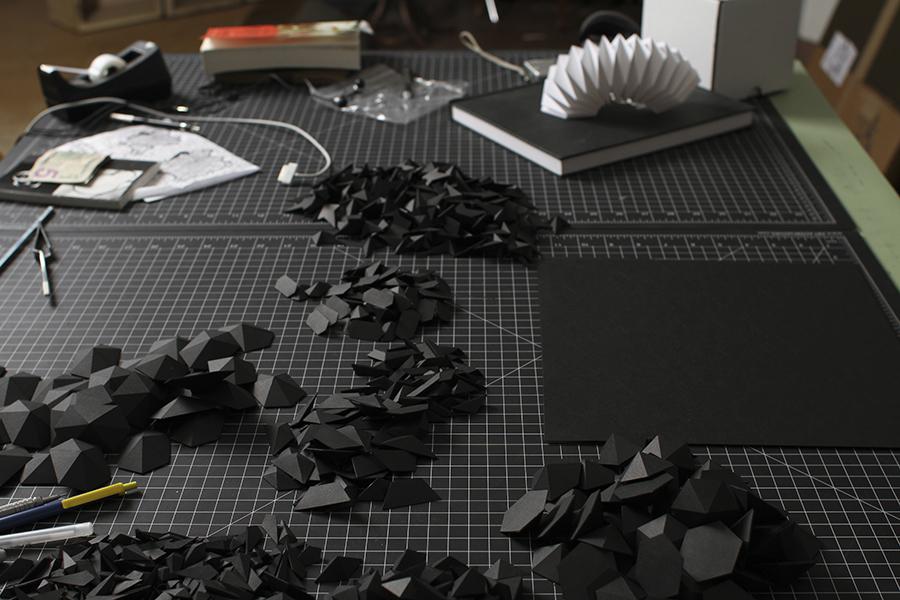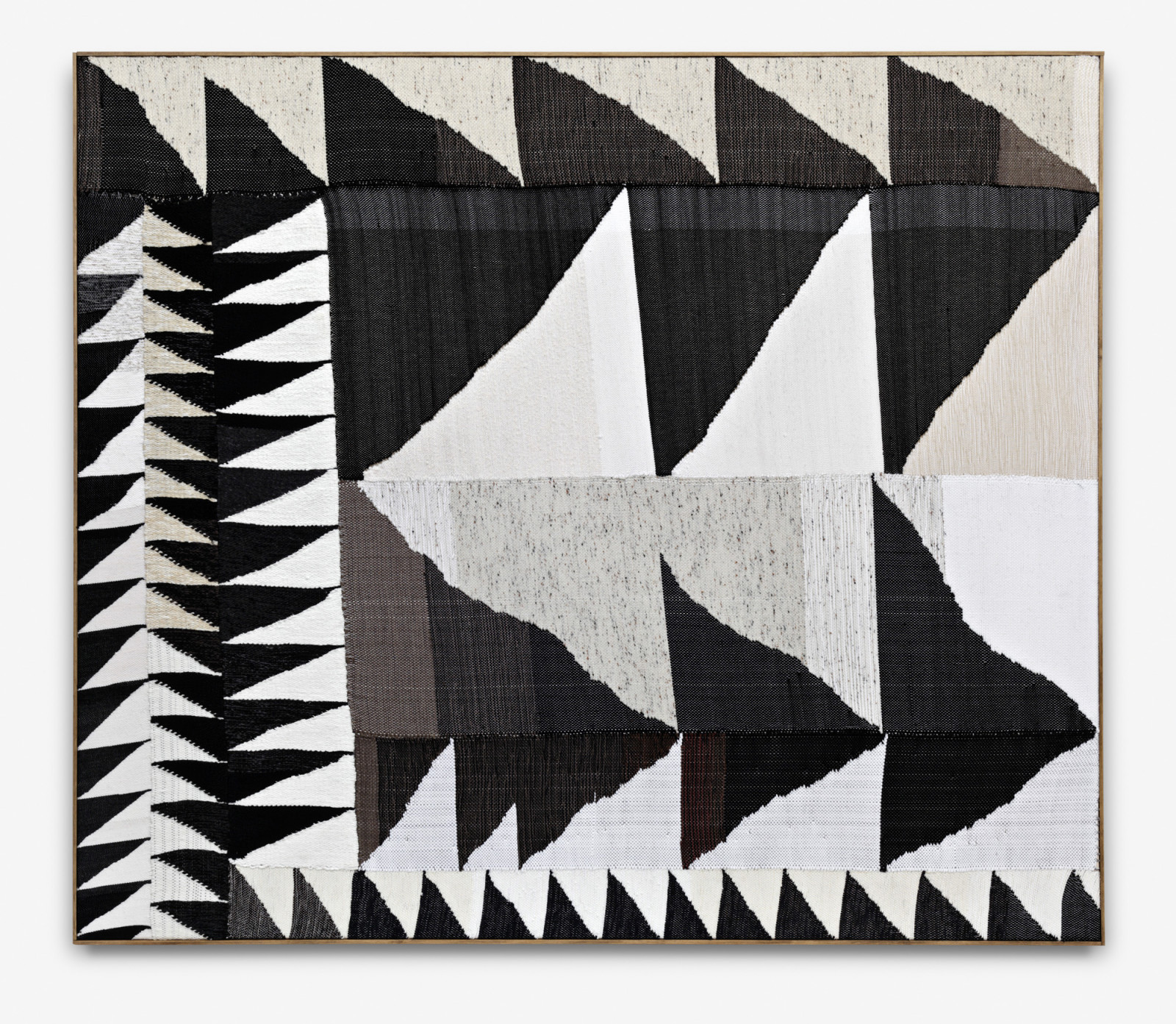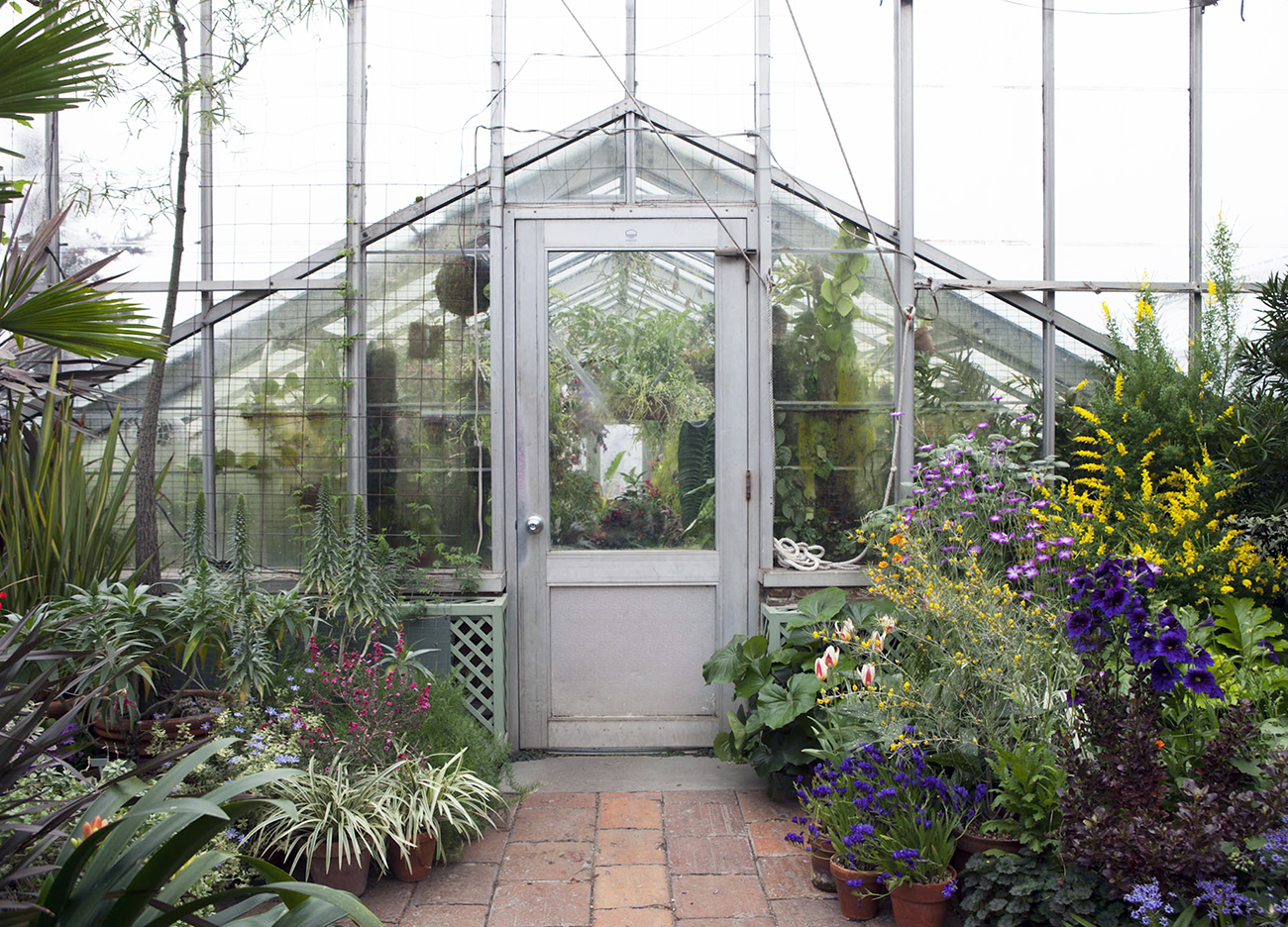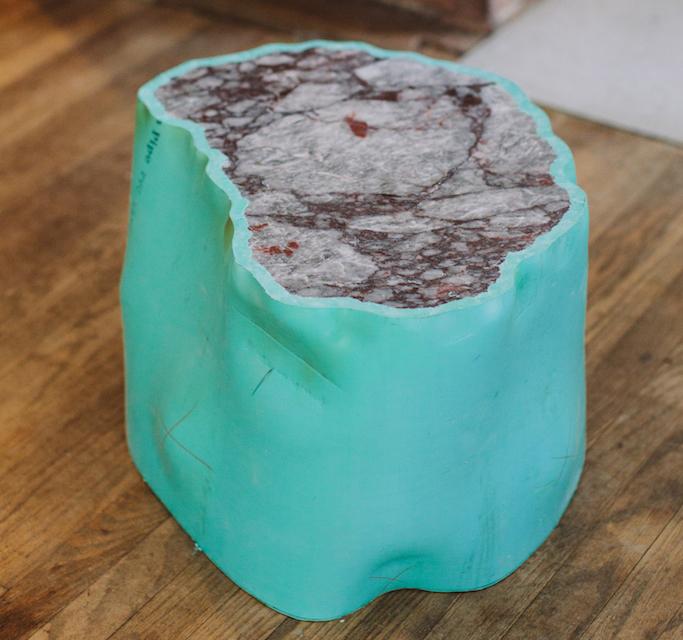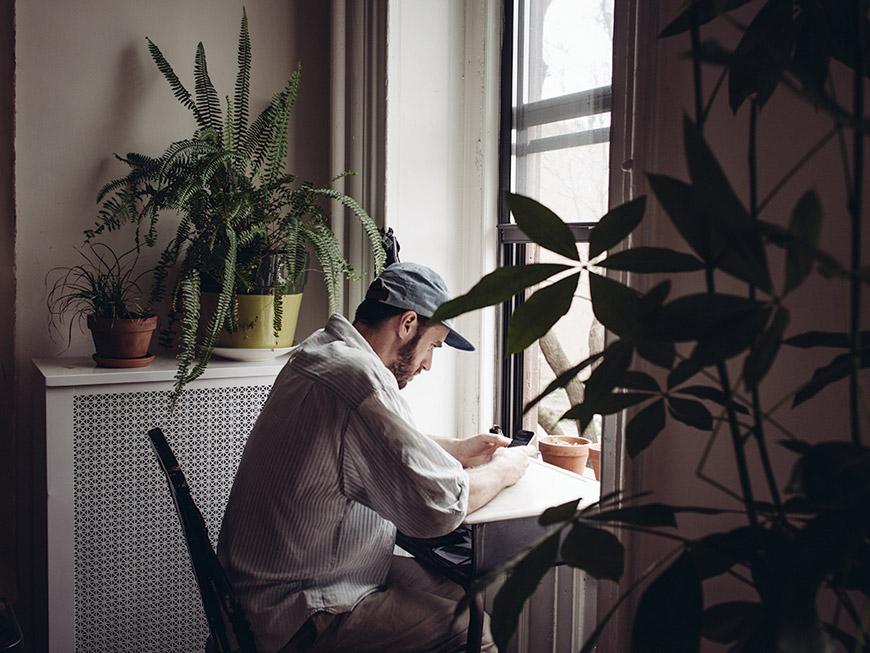
07.18.13
Sighted
Leon Ransmeier on Herman Miller’s Why Blog
Most design fans know Leon Ransmeier's name — and the minimalist, hyper-functional work he's known for — and yet he flies relatively under the radar in the New York scene, with very selective participation in pop-up shops, exhibitions, and even industry parties (the ones that aren't thrown by yours truly, of course). It's a smart strategy, in a way, because whenever he does pop his head up, we take particular notice. Earlier this week, an as-told-to essay appeared on Herman Miller's newly relaunched Why blog, exploring his ideas about contemporary tables and table usage (Ransmeier recently debuted the AGL worktable for HM) — complete with photos of New York City tables both real and makeshift — and we couldn't resist reposting it here for your enjoyment.
